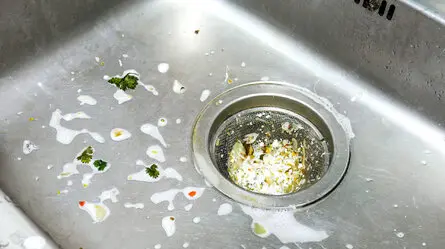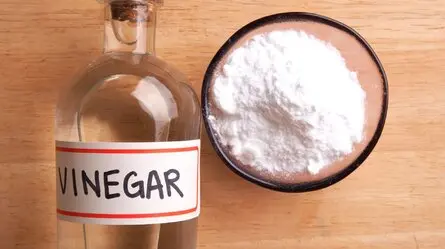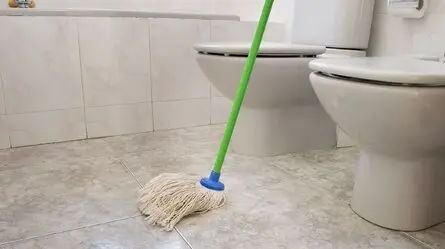No one likes dealing with a blocked toilet drain, so many choose to hire professionals to do the job.
But if you learn how to unclog a toilet yourself, you can save on maintenance costs over time. While it might seem tempting to keep flushing until it clears, it’s best to avoid doing so. This could only lead to a messy overflow situation!
To make the process swift and efficient, here are six simple steps to unclog your toilet in no time.
Let’s get right into how to unblock toilets, shall we?
6 Steps To Unblock A Toilet Drain
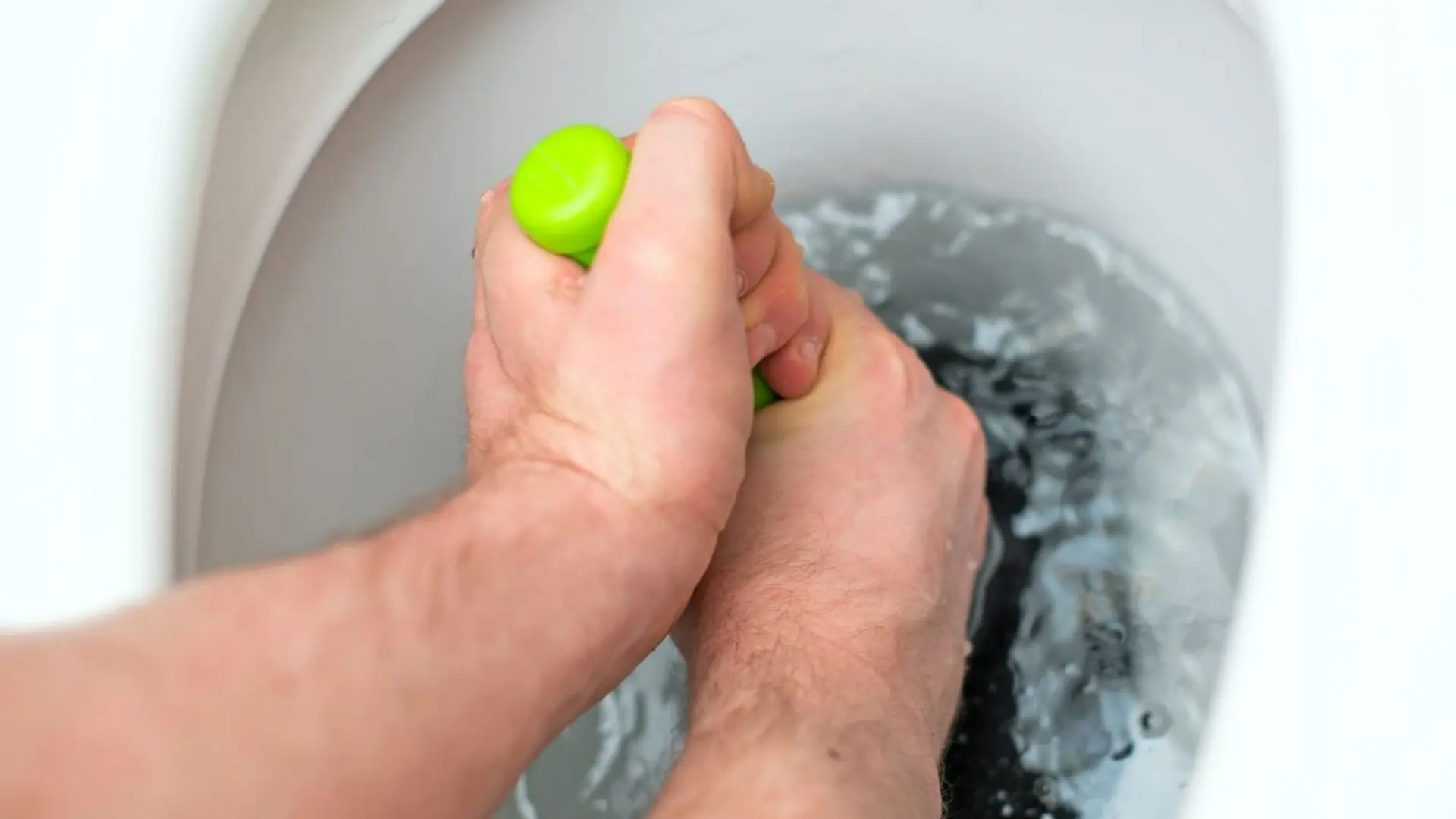
1. Identify The Toilet Clogs
Before you can do any work to unblock the pipes, the first step is identifying the source of the problem, if possible. Sometimes, the source of the blockage is not too deep in the clogged pipe, which can be seen from the bowl.
If you spot the blockage, just put on your rubber gloves and remove it. If not, you might need to try different methods to tackle the clog.
2. Using Dishwasher Liquid
A tried-and-true method involves using dishwashing liquid and hot water. Mix them well in a bucket to get started.
Pour the mixture into the bowl from a height and let it settle for a couple of minutes. This should help it work its way into the pipes, easing the blockage by providing some lubrication.
3. Use A Plunger
Of course, a toilet plunger is a classic method of clearing a blocked toilet. But don’t use any old plunger; using one with a flange at the base is essential to create a wholly sealed vacuum.
To use the plunger effectively, place it over the toilet bowl and insert it until fully submerged in the toilet water. Press it down slowly and firmly and repeat until the water pressure stabilises. The plunger should properly seal the toilet hole to create the proper vacuum and pull the obstruction from the pipes. We suggest wearing rubber gloves while you do this.
4. Using A Hooked Coat Hanger
Though unconventional, a wire coat hanger can help clear a toilet blockage. Straighten it out to create a long hook, which can reach deeper into the toilet to remove the clog.
What makes this technique so effective is the reach on offer. When the blockage is located between 5 and 10 cm inside the drain, a coat hanger should effectively reach the block and free the flow.
5. Using An Auger/ Drain Snake
If the source of the blocked toilet drain is more profound than the reach of the hanger, then you can use a specialised tool called a drill or a toilet snake. It is made of coiled wire and has a flexible design that can move along the complex shape of a toilet drain, making it practical to unblock any clogged pipes.
A spring-like shape can push and pull the blocked material at the end of the wire. The entire construction is made of durable metal, making it one of the most efficient methods to unblock a toilet when all else fails.
6. Using Enzyme-Based Chemicals
If you suspect the blockage’s source is made of organic matter, then an enzyme-based chemical drain cleaner effectively removes it. These chemicals break down organic material to free the pipes.
They can usually be found in any hardware store, but if you need a quick fix, it is possible to make your DIY alternative homemade drain cleaner: mix baking soda, vinegar, and hot water trick in a bucket to make it. This is better and safer for your pipes than regular drain cleaners.
Once your solution is ready, pour it into the bowl and allow it to work its way into the pipes. As the answer is quite strong, it should break down any solid matter in the pipes causing the blockage. Additionally, you should note that this solution is better suited for organic matter, and other objects or hair will not be affected by it. And make sure to flush the blocked toilet drains with boiling water afterwards.
Common Causes Of Blocked Toilets
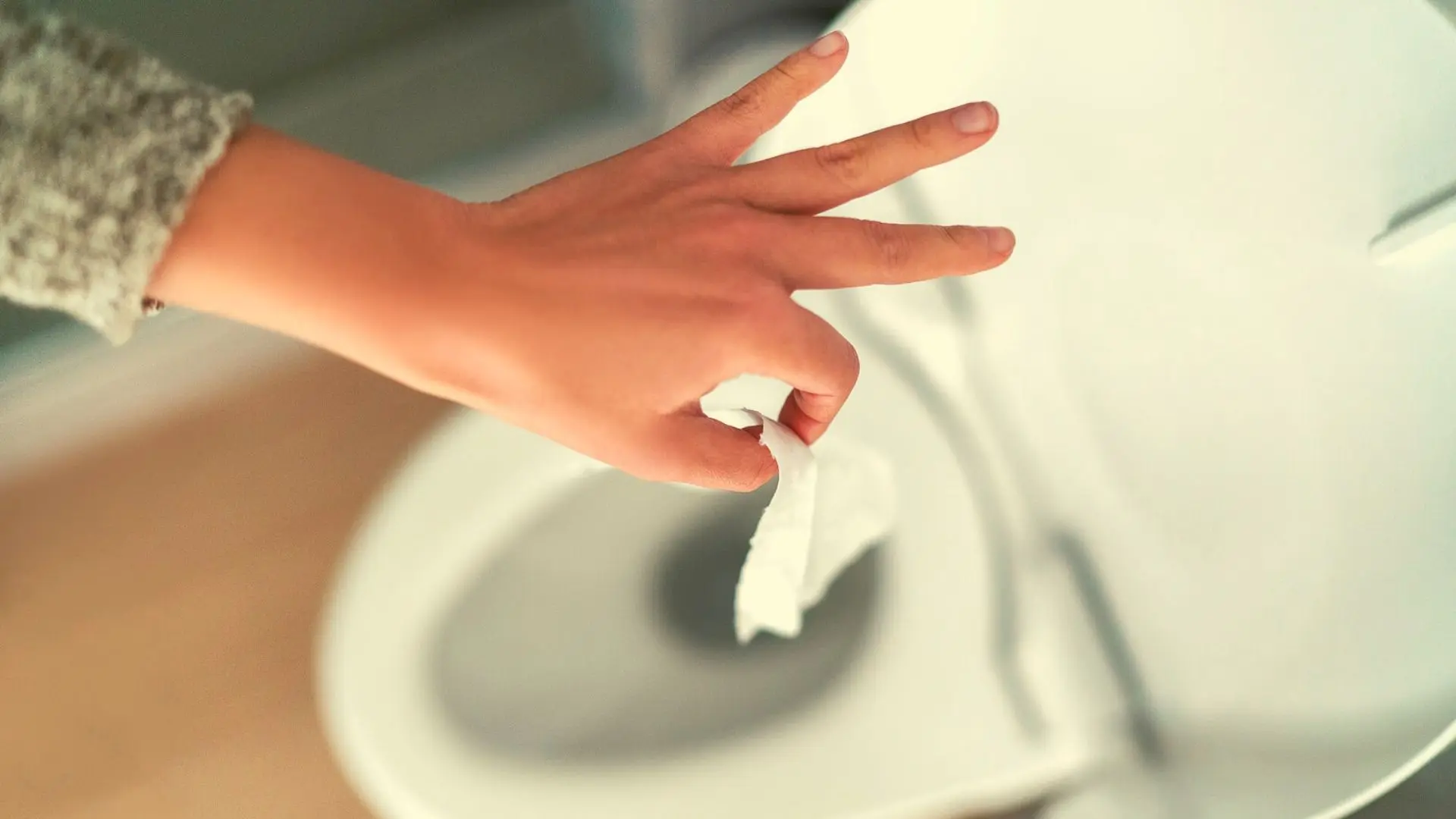
When dealing with a clogged toilet, it is good to identify the material causing the blockage and employ the right method for freeing the pipes. Some common sources of blockage in a toilet include:
- A build-up of toilet paper
- Toys and other objects children might have thrown in
- Food particles
- Sanitary napkins, menstrual pads, and tampons
- Hair
- Cotton balls
- Baby wipes and diapers
As this list clearly shows, flushing large materials is not the best idea if you want to keep your toilet free from blockage. However, the cause of a blocked drain is not always human error.
Other factors, such as tree roots growing in your piping system from the underground, can cause a badly clogged toilet. Air pressure is another factor that can lead to a blockage in your toilet, and such issues may require you to call professionals.
Unblocking Your Toilet Without A Professional
Now that you know a few alternatives to calling in a plumber, you are set to tackle any future toilet blockages.
A blocked toilet can bring daily life to a standstill if not dealt with promptly. Resolving a clogged drain and build-up in your pipes is the best way to deal with this problem as and when it occurs.
If none of these solutions is effective, it may be wise to employ professional help. The source of the blockage does not always have to be congestion in the pipes; you may also have issues in your plumbing system.
Of course, this should always be the last resort, as the cause of your problems may be as simple as some clogged toilet paper. Whatever the case, it is safe to say that you are more than ready for any obstacles that may pop up. Make sure to maintain your toilet drain to prevent future clogs.
The challenge of a blocked toilet can be overwhelming. If you need reliable Perth-Aveley blocked toilet experts, call us today!
With that, we will conclude our guide. Take care until we meet again!


